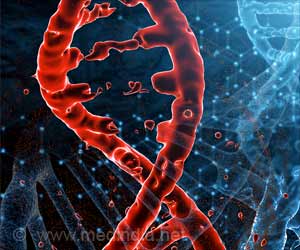Control non-alcoholic fatty liver disease (NAFLD) by modulating the unwanted inflammatory responses in a targeted way to recover the liver damage and make the survival better.

The researchers conducted a series of experiments using human tissues and cells and multiple lines of genetically modified mice to find that abnormal immune activity due to excess fat deposition in liver attracts more ihTh17 cells to the liver that trigger inflammation to cause liver damage.
"Our results demonstrate for the first time that ihTh17 cells represent an important component of the complex world of NAFLD pathogenesis," say corresponding author Senad Divanovic, PhD, a member of the Division of Immunobiology at Cincinnati and first author Maria Moreno-Fernandez, PhD, a postdoctoral fellow in the Divanovic laboratory.
Regulating the ihTh17 cells’ function and their interaction with the liver cells and the immune system will break the abnormal pathway and lead to new therapies to reduce the liver damage.
The study also confirms the detection of key genes and molecular activities occurring in the mice also in the human liver cells.This promising lead in the experiment needs to be explored in a targeted way to reduce the liver damage and provide better survival in obesity induced liver damage.
Advertisement















